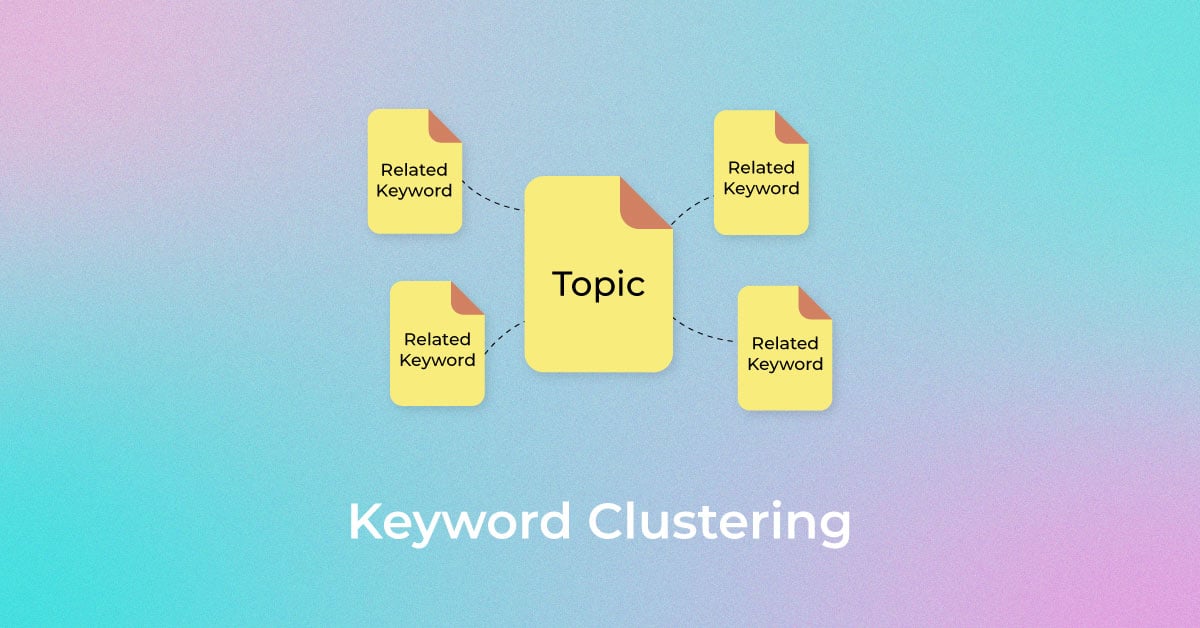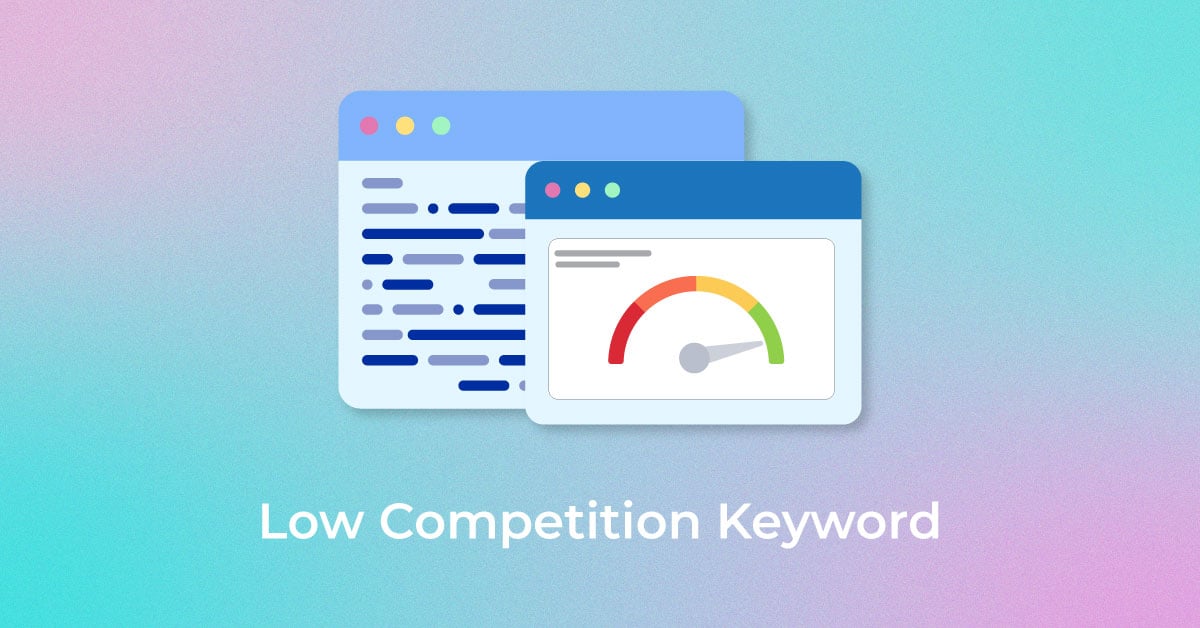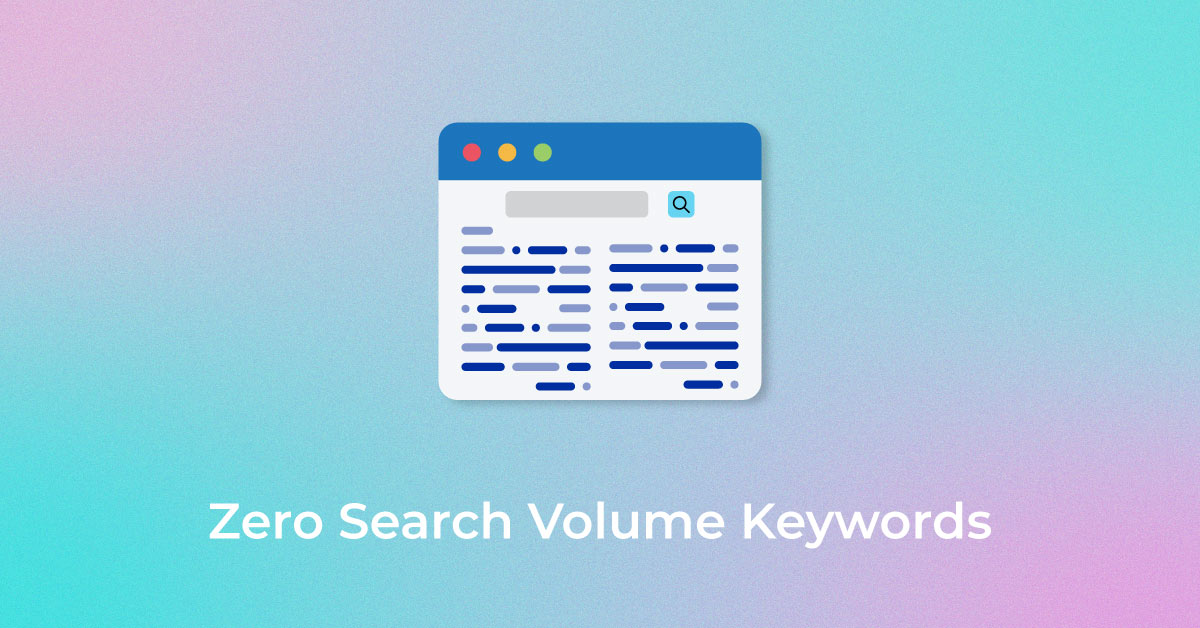Ever wondered why some web pages rank higher while others struggle to get noticed? One key factor is how well keywords are used within the content. Overloading keywords can make the content look unnatural, while too few may fail to signal relevance to search engines. This brings us to an important concept—What is Keyword Density? It refers to the frequency of a keyword within a piece of content, helping search engines understand its context and relevance. Finding the right balance ensures better rankings without compromising readability.
What is Keyword Density?
Keyword density refers to the frequency at which a target keyword or phrase appears in your content relative to the total word count. It helps search engines determine the relevance of your content for specific search queries.
Maintaining an optimal keyword density ensures SEO-friendliness while preventing keyword stuffing, which can negatively impact rankings. If a keyword is used excessively, search engines may flag the content as spammy, reducing its visibility in search results. On the other hand, too few mentions may limit its ability to rank effectively.
While there’s no universally accepted ideal keyword density, SEO experts recommend naturally integrating keywords rather than forcing them into the content. A well-balanced approach improves both search visibility and user experience, making your content more engaging and valuable.
Keyword Density Formula
Keyword density in SEO plays a key role in optimizing content without overstuffing keywords. Understanding its formula helps maintain the right balance for better rankings.

The formula to calculate keyword density is:
Keyword Density (%) = (Number of times the keyword appears / Total word count) × 100
For example, if a keyword appears 10 times in a 1,000-word article, the keyword density would be 1%.
While there is no fixed rule for the ideal keyword density, most experts suggest keeping it between 0.5% and 2.5%. However, instead of obsessing over exact numbers, focus on natural keyword integration and topic relevance to enhance readability and SEO performance.
Additionally, tools like keyword density checker tools can help analyze content and ensure proper optimization without risking keyword stuffing.
Why Is Keyword Density Important for SEO?
Keyword density in SEO is essential as it helps search engines determine whether a website is gaining an unfair advantage in search engine results pages through keyword stuffing. Keyword stuffing refers to artificially adding keywords into a piece of content to increase its keyword density. So what is the ideal keyword density for SEO?
While many experts warn against the practice of keyword stuffing, there are no specific rules regarding the minimum percentage of keywords you can add to your content. While some consider 0.5% to 0.8% the ideal keyword density, others believe it should range between 0.5% to 2.5%. But many experts believe that keyword density should be less than 3%. So, adding relevant keywords at least twice for every 100 words can make your keyword density healthy.
Google’s Recommended Keyword Density for SEO Best Practices
Google does not prescribe an exact keyword density but prioritizes content relevance and user experience over strict percentages. However, SEO experts generally suggest keeping keyword density between 0.5% and 2.5% to avoid keyword stuffing while ensuring proper optimization.
To follow Google’s best practices, consider these key guidelines:
- Use keywords naturally in titles, headings, meta descriptions, and throughout the content.
- Avoid keyword stuffing, as excessive repetition can lead to ranking penalties.
- Incorporate LSI (Latent Semantic Indexing) keywords and related terms to enhance context.
- Prioritize readability and user intent, ensuring content flows naturally.
- Leverage keyword density checker tools to maintain a balanced keyword distribution.
Instead of focusing solely on keyword density, aim for comprehensive, high-quality content that provides value to readers. This approach aligns with Google’s evolving SEO standards and improves search rankings.
What Is the Ideal Keyword Density?
Keyword density is important for SEO as it helps search engines determine whether a webpage is relevant to a search query or if it’s attempting to manipulate rankings through keyword stuffing. Keyword stuffing—excessively using keywords to artificially boost rankings—can lead to penalties, harming your site’s visibility.
While there’s no fixed rule for the ideal keyword density, many experts suggest keeping it between 0.5% and 2.5% to maintain SEO-friendliness without compromising readability. A good practice is to naturally incorporate keywords at least twice per 100 words, ensuring a healthy balance that enhances both user experience and search engine ranking potential.
Check what Matt Cutts has to say about Keyword Density

What Is Keyword Stuffing?
Keyword stuffing is an SEO malpractice where a keyword or phrase is unnaturally repeated throughout a webpage in an attempt to manipulate search rankings. While keyword usage is crucial for SEO, overloading content with keywords can make it unreadable and harm user experience.
Search engines like Google actively penalize keyword stuffing as a black hat SEO technique, which can result in ranking drops, penalties, or even content removal from search results. Instead of improving visibility, excessive keyword repetition signals low-quality content and violates Google’s quality guidelines.
Additionally, readers may lose interest when they encounter repetitive phrases that disrupt the natural flow of the content. Rather than forcing keywords, focus on strategic keyword placement, writing naturally, and ensuring content is valuable, engaging, and relevant to the audience.
Best Practices for Good Keyword Density
Think About Your Audience
Your audience should always be the primary focus when creating content. Instead of writing solely for search engines, prioritize delivering value to your readers. Understanding their needs and interests helps you craft content that resonates, making it more engaging and effective.
To ensure a natural flow, put yourself in your reader’s shoes—does the content feel informative and relevant? If so, your keywords will integrate seamlessly rather than feeling forced. Instead of fixating on keyword placement while writing, focus on clarity and readability first. Once the content is complete, refine it by naturally incorporating keywords where they enhance the message.
By prioritizing user intent and maintaining natural keyword placement, you can achieve the right keyword density in SEO without overstuffing. This balance ensures your content is both SEO-friendly and valuable to readers.
Include Keywords in Key Places
Placing keywords strategically in your content helps improve search rankings and enhances user experience. Rather than stuffing them randomly, it’s crucial to integrate them where they have the most impact. This ensures that your content remains natural, engaging, and SEO-friendly. Understanding keyword density in SEO allows you to maintain an optimal balance without overusing keywords.
Here are key areas to focus on:
- Headline & Headings – Placing keywords at the beginning of your title and subheadings improves search visibility.
- First 100 Words – Introducing keywords early signals relevance to search engines.
- Main Content – Spread keywords naturally throughout the text, maintaining readability.
- URL Structure – Including keywords in URLs improves indexing and ranking.
- Meta Descriptions & Image Alt Text – Optimizing these elements enhances visibility and click-through rates.
By integrating keywords in key places and maintaining the right keyword density in SEO, you improve your chances of ranking higher without compromising content quality. The goal is to create valuable, user-friendly content that aligns with search engine algorithms while keeping readers engaged.
Avoid Keyword Stuffing
Keyword stuffing refers to the excessive use of keywords in content, making it sound unnatural and spammy. It can disrupt readability and trigger penalties from search engines, negatively impacting rankings. Instead of forcing keywords, focus on integrating them smoothly while maintaining a natural writing flow.
A great way to avoid keyword stuffing is by using variations and synonyms of your target keyword. Search engines, including Google, recognize related terms and context rather than just exact-match keywords. For example, instead of repeatedly using “cheap holidays,” you can use alternatives like “budget-friendly vacations” or “affordable trips.”
Additionally, leveraging a keyword density checker tool can help you analyze and adjust your keyword usage to maintain the right balance. The goal is to optimize your content effectively without overloading it with repetitive phrases, ensuring a better user experience and strong SEO performance.
Focus on Topic Coverage, Not Density
High-quality content should always take precedence over keyword density. Before worrying about keyword placement, focus on crafting engaging, informative, and well-structured content that fully covers your topic. A well-written piece naturally integrates keywords without feeling forced.
If keywords fit seamlessly into your content, that’s great. If not, don’t disrupt the flow—complete your writing first. Once done, review and strategically place keywords by replacing existing words where necessary. This ensures SEO optimization without compromising readability or user experience.
By prioritizing topic depth and relevance, rather than a strict keyword percentage, your content remains valuable to both readers and search engines.
Keyword Variants & Clustering for Better SEO
Using different variations of a keyword and grouping related terms can significantly enhance your SEO strategy. Instead of repeating the same keyword, search engines now prioritize content that naturally incorporates keyword variants and topic clusters to provide a more comprehensive answer to user queries.
Benefits of Keyword Variants & Clustering:
- Improves Relevance: Search engines understand related terms, helping rank for multiple queries.
- Prevents Keyword Stuffing: Using synonyms and related keywords keeps content natural.
- Enhances User Experience: Content flows smoothly, making it more engaging for readers.
- Boosts Ranking Potential: Covers a broader range of search intents, attracting more organic traffic.
By leveraging keyword clustering, you can create content that aligns better with search engine algorithms while maintaining readability and value for your audience.
Keyword Density Tools & Calculators
Now that you understand the best practices for keyword usage, how do you check keyword density? Manually counting and calculating keyword frequency can be time-consuming and inefficient. Instead, you can use keyword density checker tools that simplify the process and ensure SEO-friendly content optimization.
Here are some of the best tools available:
- Infidigit Keyword Density Checker Tool – This tool helps analyze your content’s keyword density and ensures optimal usage without stuffing.
- SEO Review Tools Keyword Density Checker – Enter your URL or content, and this tool provides a detailed keyword density report.
- SEOBook Keyword Density Analyzer – A free tool that calculates keyword density while analyzing competitor pages for comparison.
- Alexa’s On-Page SEO Checker – Useful for live pages, this tool checks if your keyword optimization aligns with SEO best practices.
By leveraging these keyword density checker tools, you can monitor keyword distribution, improve content readability, and maintain SEO compliance for better search rankings.
Conclusion
Keyword density in SEO is essential for effective keyword optimization, but maintaining the right balance is key. Overuse can lead to keyword stuffing, while too little may weaken your SEO efforts. To achieve optimal keyword density, focus on natural placement, topic relevance, and reader engagement.
Using a keyword density checker tool like Infidigit’s Keyword Density Checker can help ensure proper keyword distribution without disrupting the content flow. Additionally, leveraging professional SEO services can refine keyword strategy, improve rankings, and enhance content quality for better search visibility.
FAQs
What is Keyword Density in SEO?
Keyword density in SEO refers to the percentage of times a target keyword appears in a piece of content relative to the total word count. It helps search engines understand the topic of a page but should be balanced to avoid keyword stuffing.
How to Calculate Keyword Density?
Keyword density is calculated using the formula:
(Number of times the keyword appears ÷ Total word count) × 100
For example, if a keyword appears 15 times in a 1,000-word article, the keyword density is 1.5%.
What Is the Ideal Keyword Density for SEO?
There is no fixed rule, but SEO experts recommend keeping keyword density between 0.5% and 2.5%. Maintaining a natural flow and using related terms helps optimize content without overstuffing keywords.
What Percentage of Keyword Density Is Too High?
A keyword density above 3% to 4% is generally considered excessive and may lead to keyword stuffing, which can harm SEO rankings. Google’s algorithm prioritizes readability and user experience over keyword frequency.
How Many Keywords Should I Use in My Content?
The number of keywords depends on the content length and topic. Instead of focusing on a specific count, ensure keywords fit naturally and complement the content. Also, use LSI keywords (related terms) to improve SEO without repetition.
What is the keyword density for 1,000 words?
For a 1,000-word article, maintaining a keyword density of 1% to 2% means using the target keyword 10 to 20 times. However, focus on natural integration rather than hitting an exact number.
What is a 2% keyword density?
A 2% keyword density means the target keyword appears twice per 100 words or 20 times in a 1,000-word article. This level is generally safe if the keywords blend naturally into the content.
How useful was this post?
4.3 / 5. 3

















